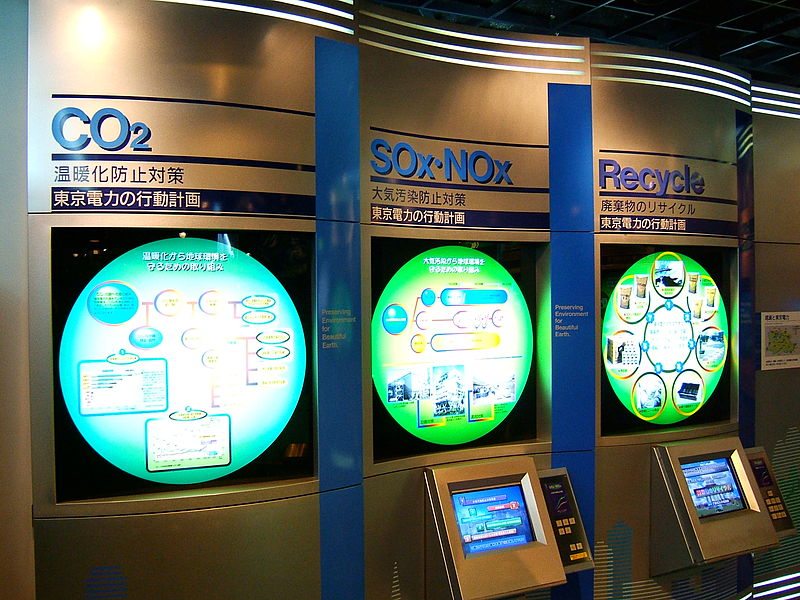
Sometimes technological innovation is about doing something that has never been done. The Saturn V rocket that carried Neil Armstrong, Buzz Aldrin and Michael Collins to the moon certainly was. But other times, maybe even most other times, technological innovation is about tackling the small challenges that amalgamate to produce big changes. Sometimes true innovation is not about creating a product that is outwardly revolutionary, but one that performs a common task significantly better than its predecessor. We see these technologies everywhere – from cardboard boxes to light bulbs to fuel and emissions efficient engine technology.
Consider pen and paper. Despite touch-screen devices having reached an almost ubiquitous level, true pen-to-paper replication is a technology that seems to elude many developers. If a tablet device was truly able to replicate the function and feel of pen and paper, consider the environmental impact it would have. The effects wouldn’t just improve the technological green footprint either. A preliminary study has shown that people learn better taking notes with pen and paper than they do looking at a screen. Replicating that experience accurately could change a whole host of things.
However, the elimination of waste and increased efficiency aren’t the only reason that innovators should “think small.” Another major advantage of small innovations is that they already have an existing market. Because of this, consumers simply need proof that the innovation is superior to the current version in order to encourage adoption.
With distinctly new technologies such as Google Glass, adoption is a harder sell. Simply put, the vicinity-inclusive augmented reality technology of Google Glass is not something that has an equivalent among currently accepted technologies. Because of this, Google has to take the extra steps to convince consumers they have reason to adopt an entirely new technology which they may not really understand. This can often-times be a stumbling block for bringing useful, game-changing products to market.
Frequently, even technologies that seem entirely revolutionary – like Google Glass – have actually been around for quite some time. The basic technology behind Google Glass has been around since the mid ’90s. But there are even more stark examples.
Tablet PCs actually hit the market over 10 years ago. In ’93, Apple released the Newton, a PDA that incorporated many of the technologies that can be found in many of today’s smartphones. Almost every pop-culture technology site on the Internet has published a list of potentially revolutionary technologies that simply failed to take off.
The reasons behind these failures are varied, but they share a common characteristic: In every single case, the market failed to accept them.
Yes, that does seem to be an obvious statement, but it’s still worth considering. For startups, it’s easy to think that you will succeed just because you have a product or service that is superior to what was previously available. However, by-and-large, the market is paradoxical. People are always “chasing” the next new thing, while at the same time resisting change. In order for a new technology to succeed, the market needs to be ready for it. Even though digital video was introduced over 20 years ago, it is only in the last several years that it has finally caught on in the mainstream consumer market. Timing is paramount. (Obviously, there is no magic formula for figuring out whether the market is ready for a specific technology, but neglecting this factor has doomed many a startup.)
And of course, there is an ethical component to this whole discussion, as well.
One of the main factors that has contributed to the success of “green” technologies in the last decade has been an increased awareness and concern for the environmental impact of various technologies. The ethical zeitgeist of the market has driven the creation and adoption of green technologies.
To see the nexus of “thinking small” and offering ethical solutions that the market will embrace, look no further than carbon capture technology. Enhanced oil recovery, which involves using CO2 to increase the yield of near-depleted oil fields, relies on the greenhouse gas for the process. Because of this, installing CO2 emission capture devices on plants can actually yield a secondary product that the oil industry is willing to buy. What was once mainly a pollutant is now a valuable commodity, thanks to an emerging technology hitting the market at the right time. It’s a “small” innovation, but one that the is readily accepted because there is already a need for it, and because it is perceived as an ethically improvement.
Emerging technology is, by its nature, revolutionary. But what many of us forget is that often, the best revolutions are the ones we don’t even recognize have happened until they are over.







